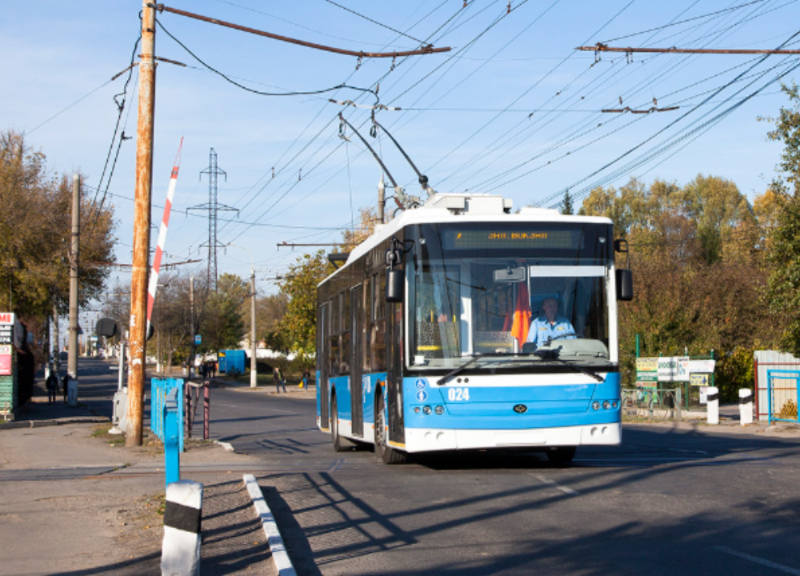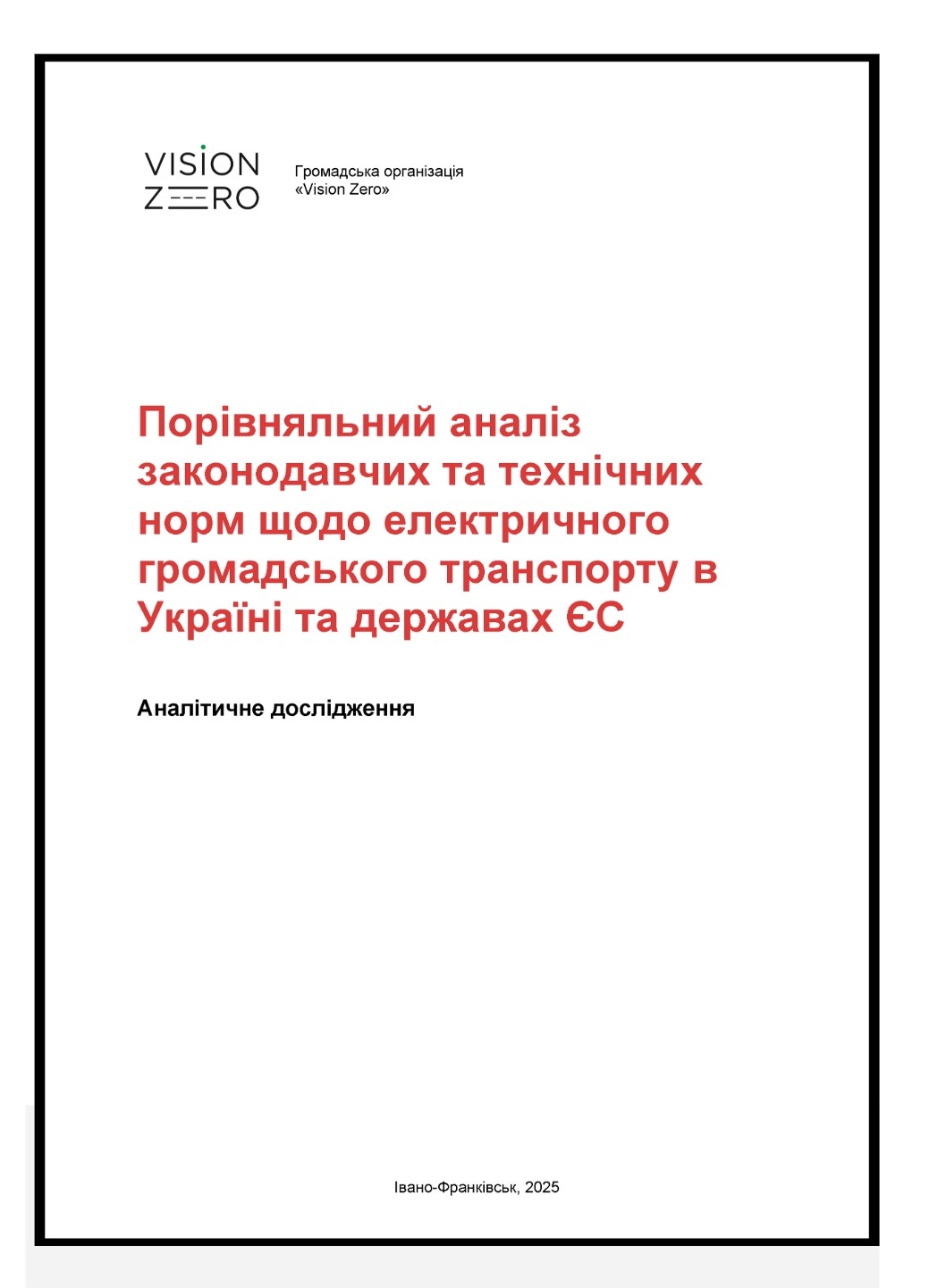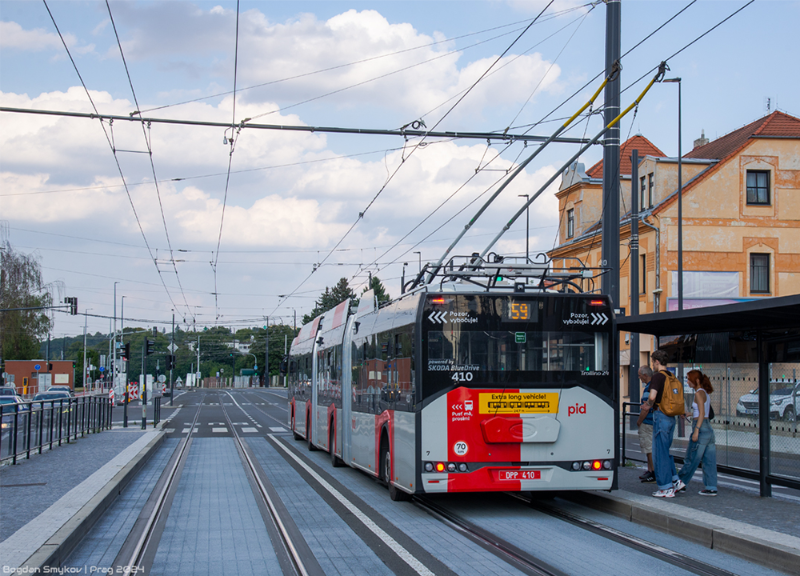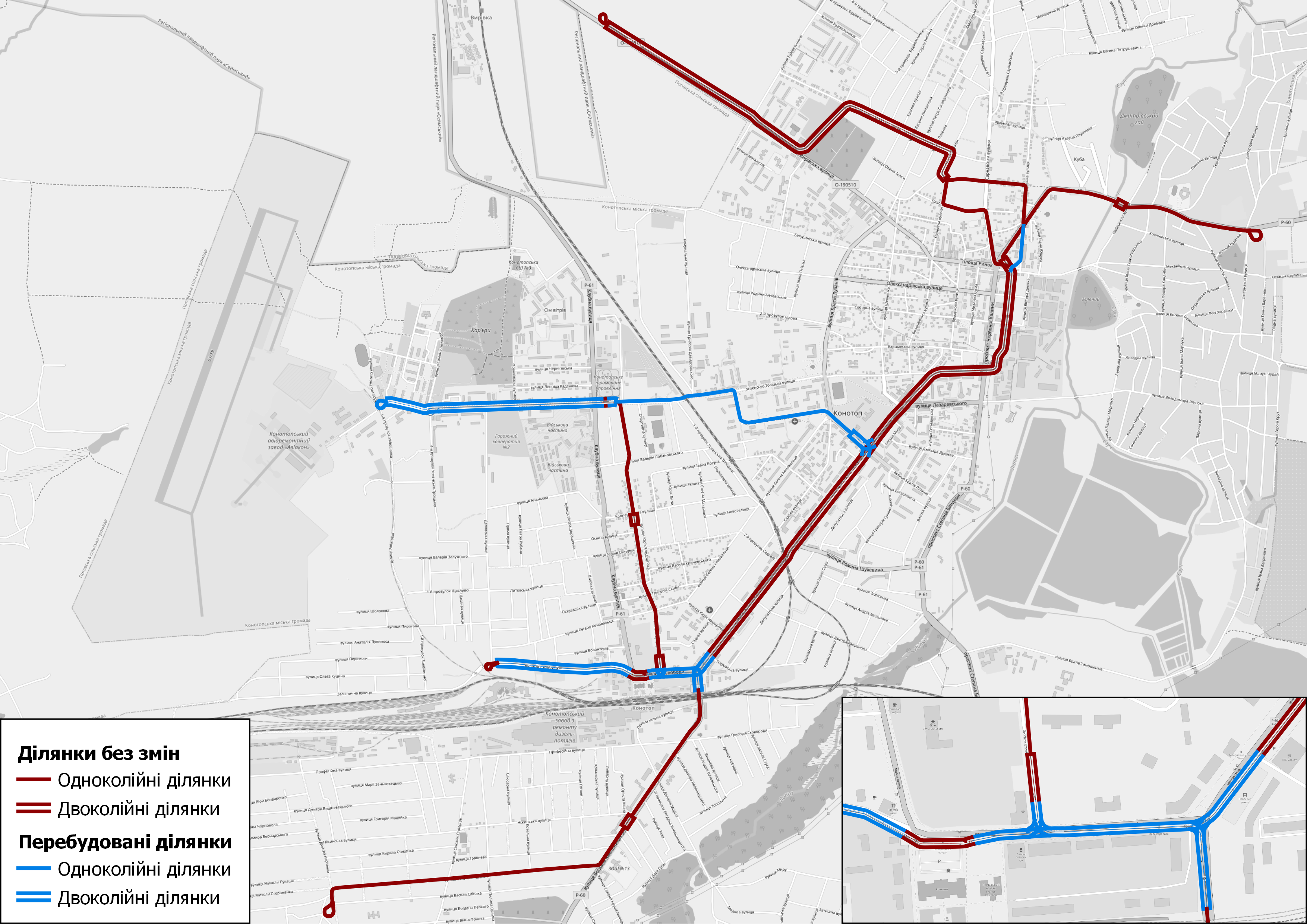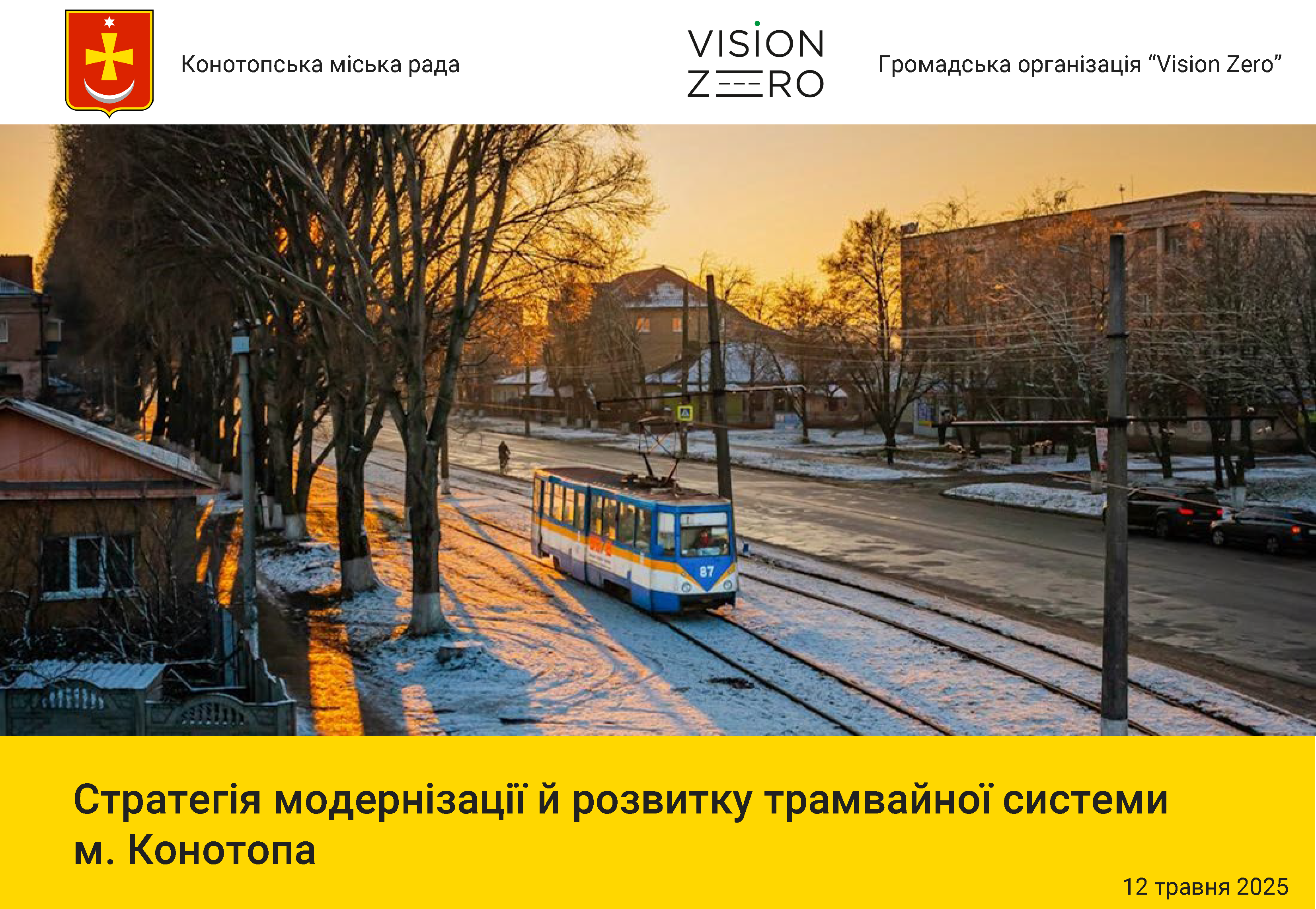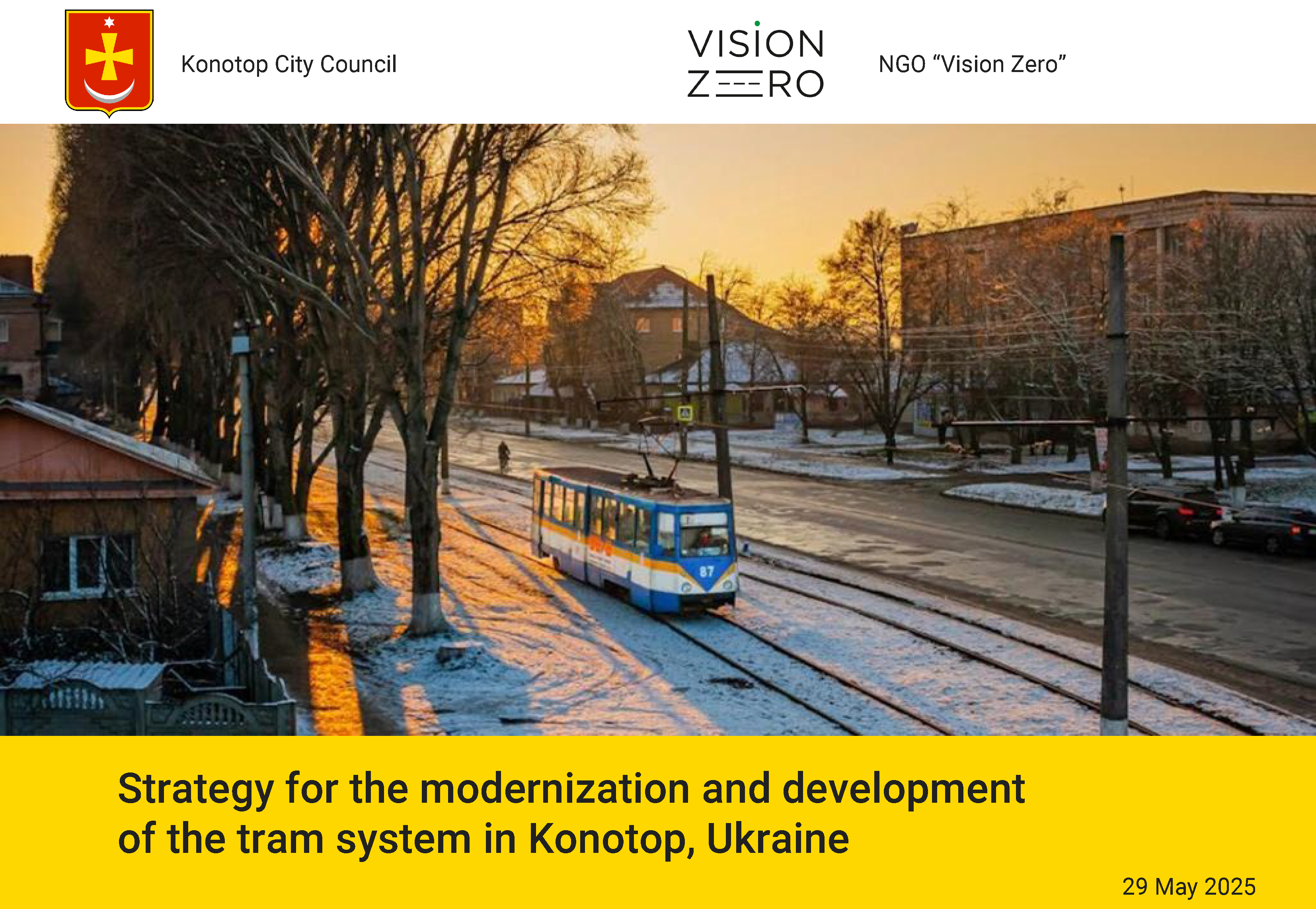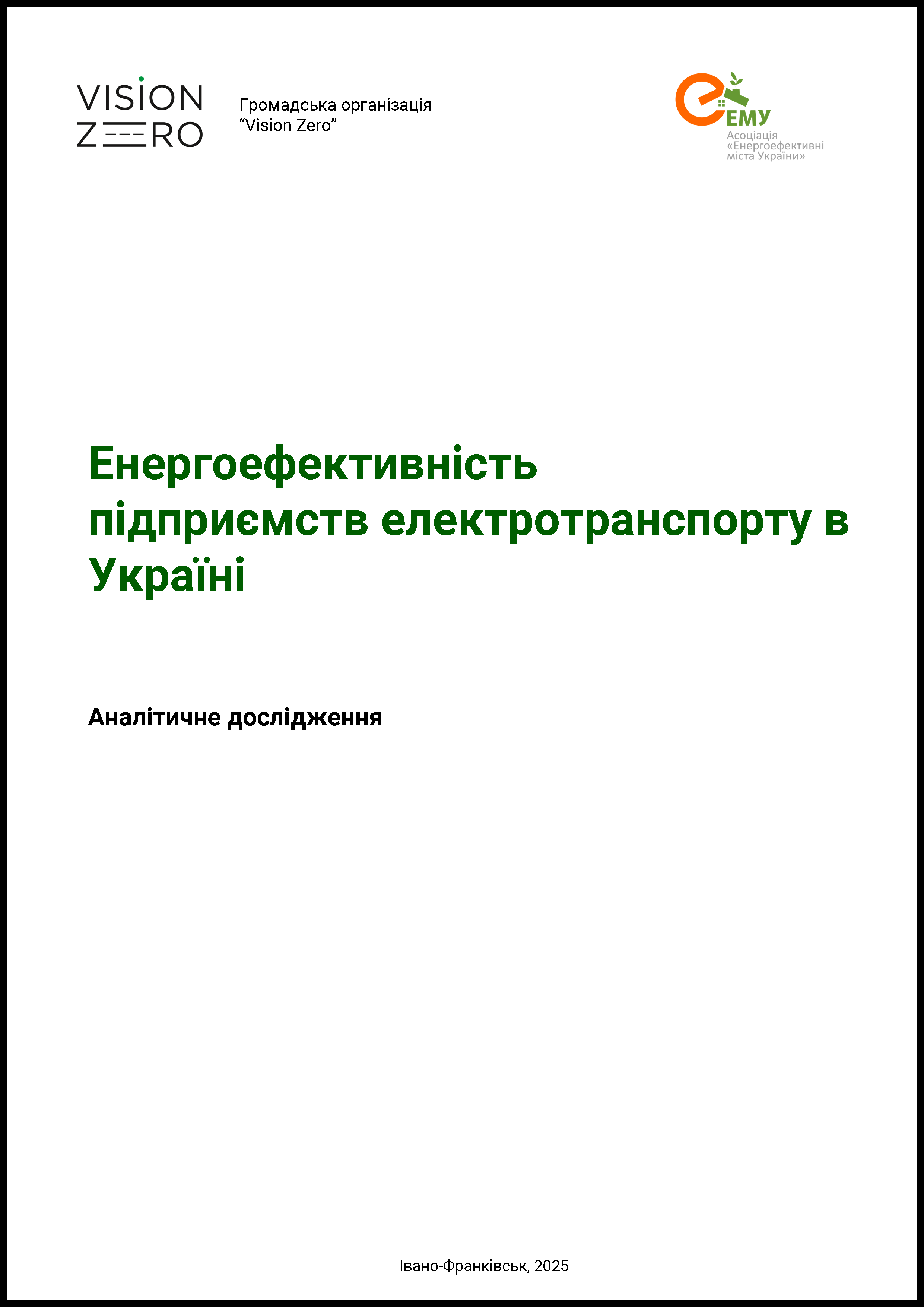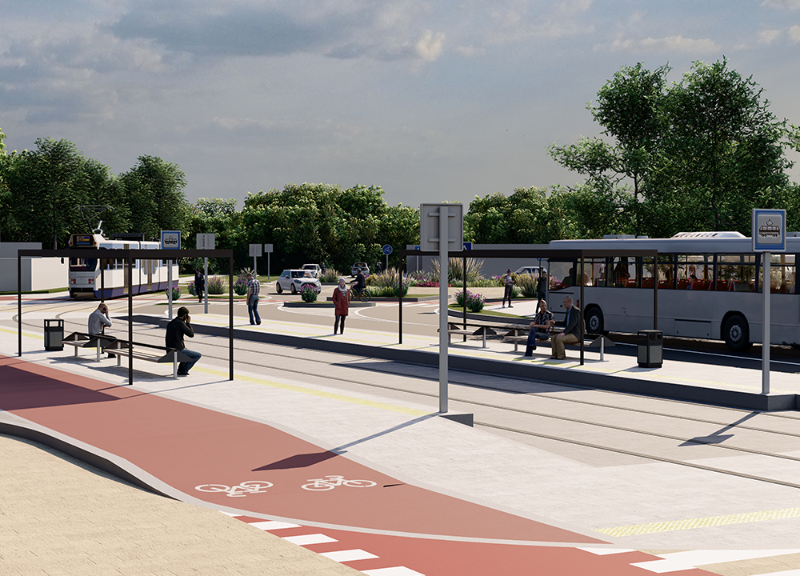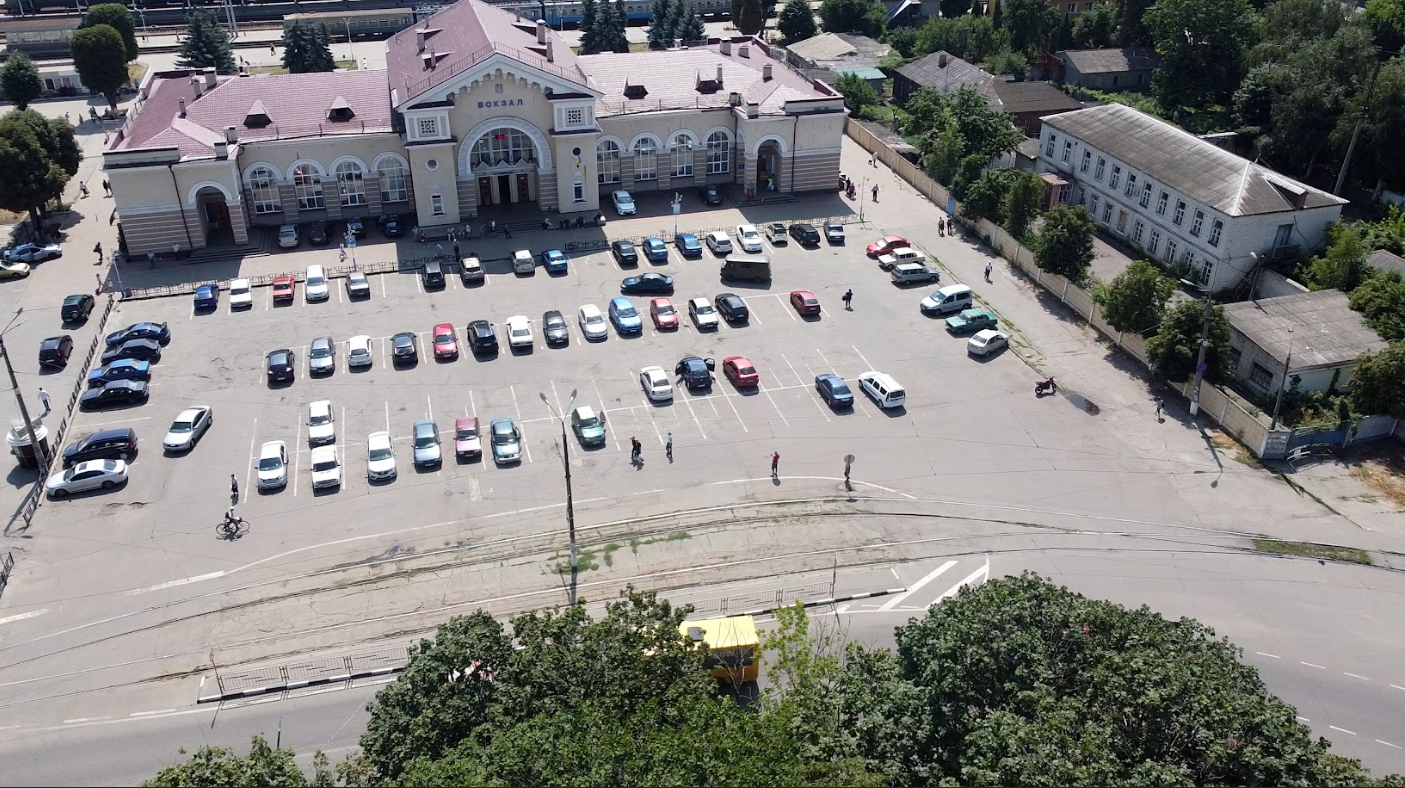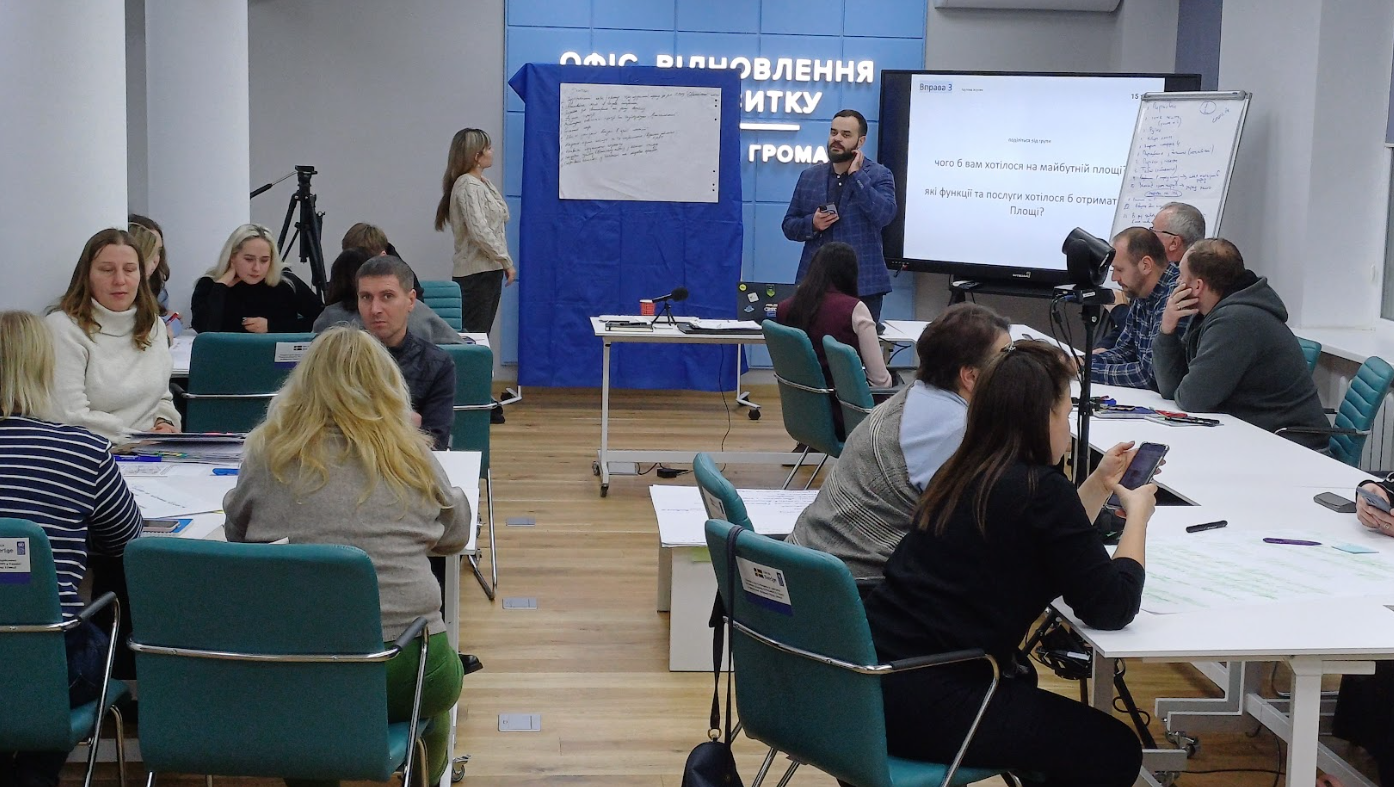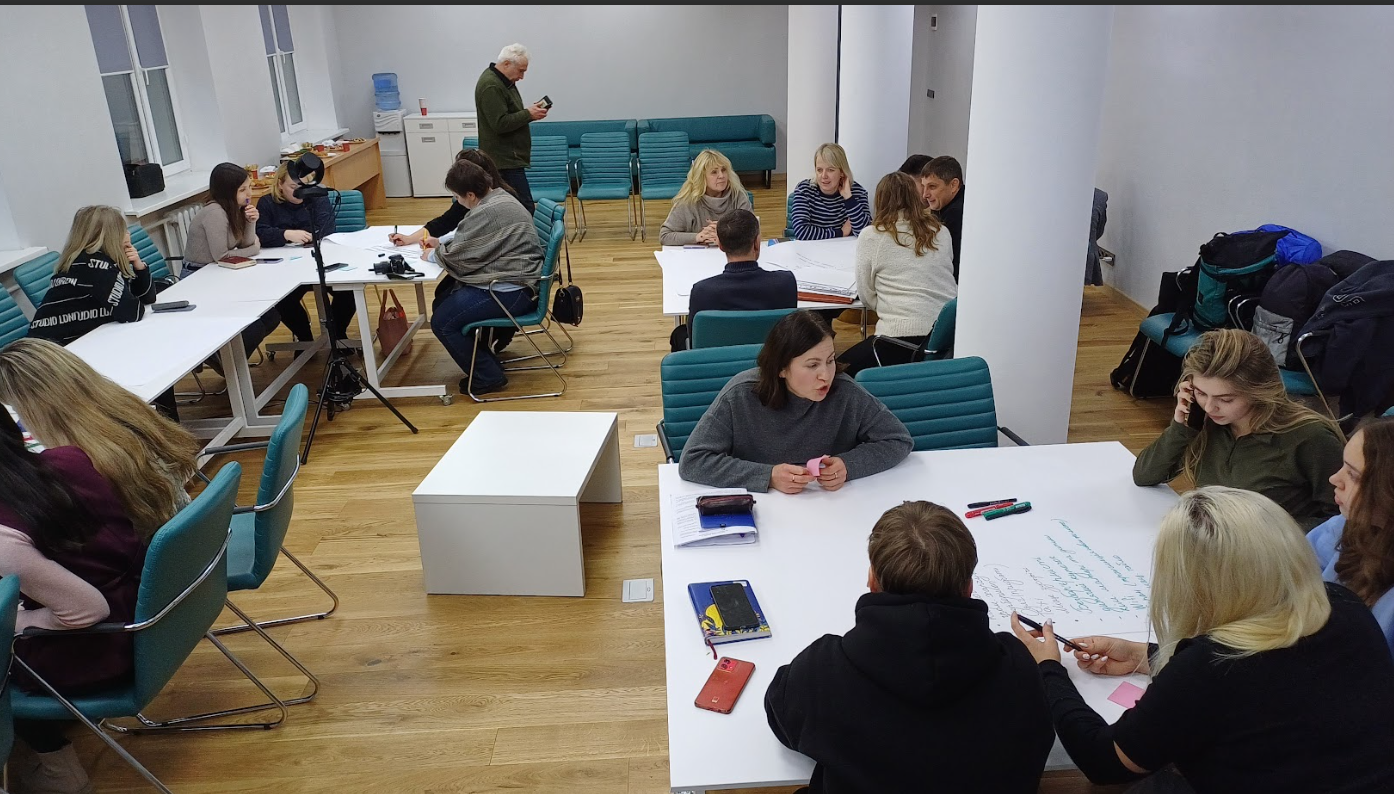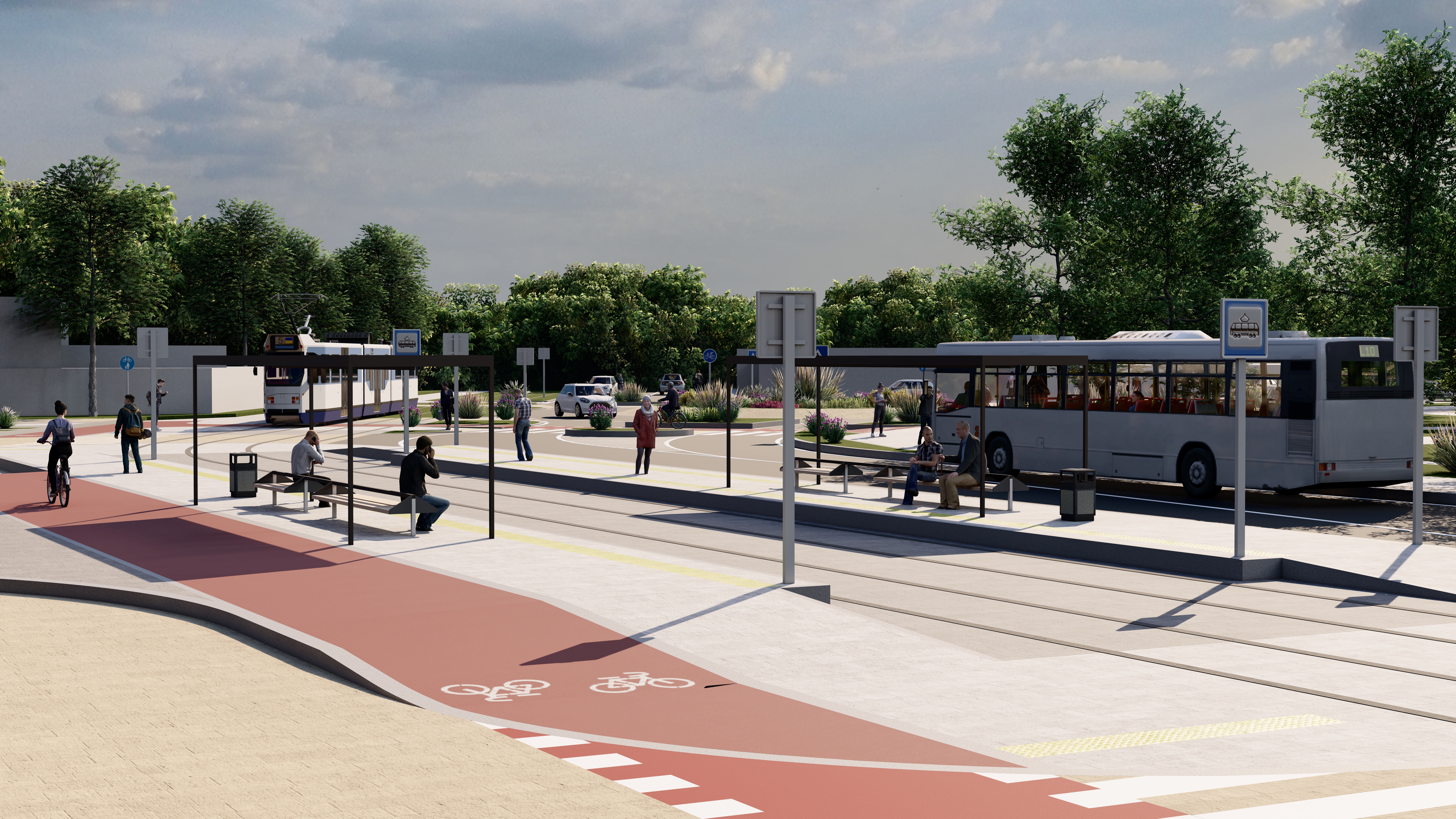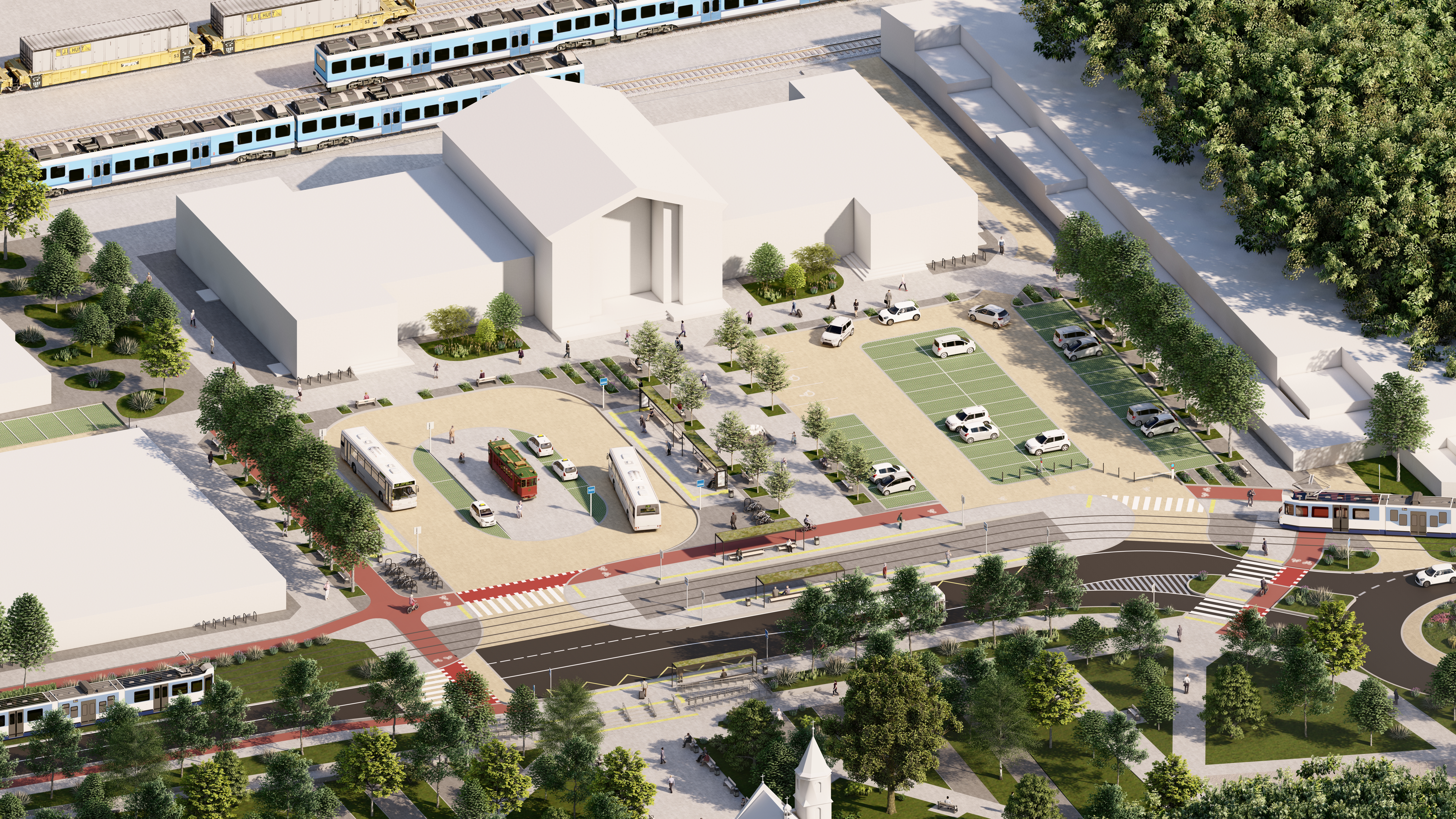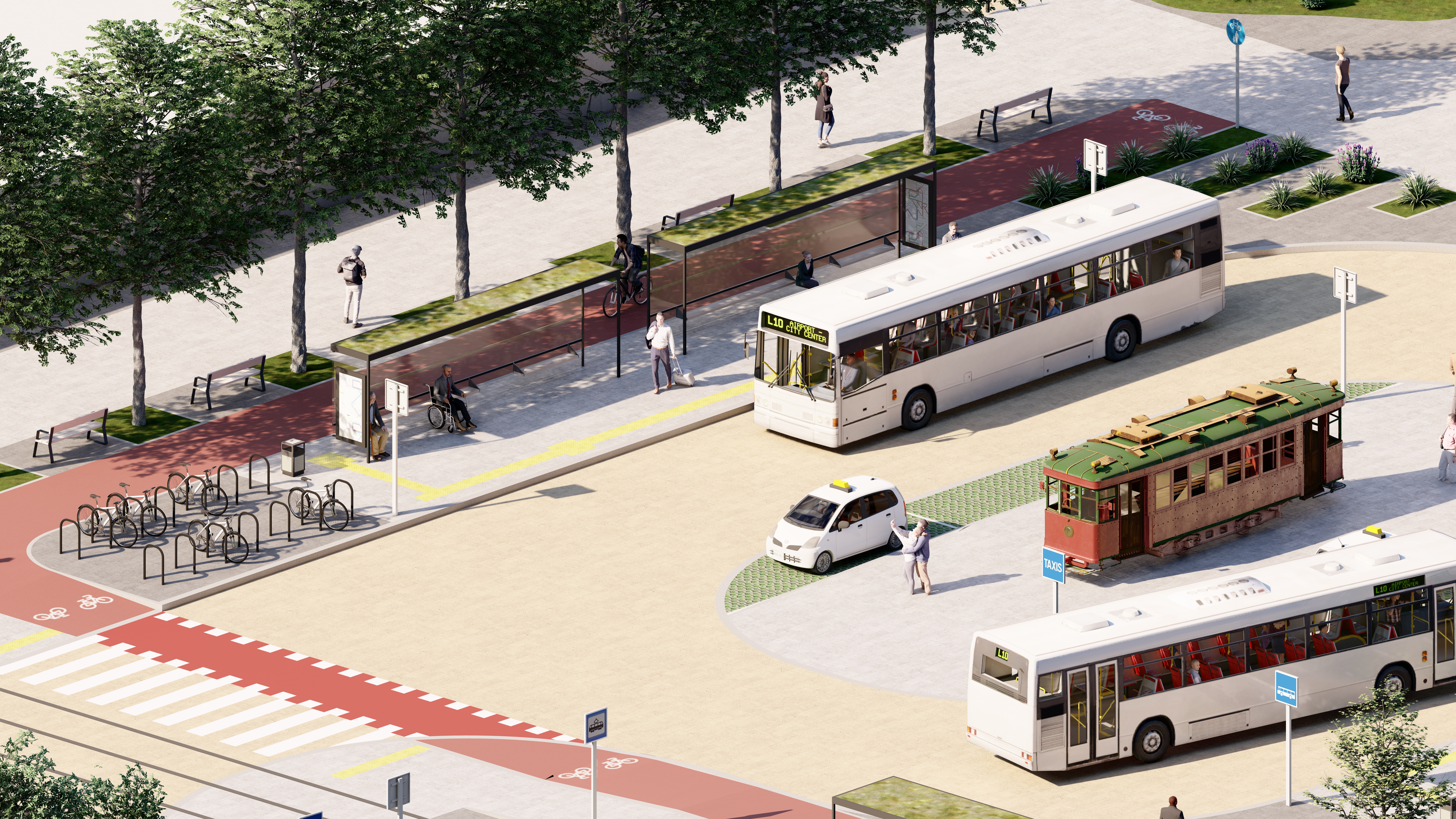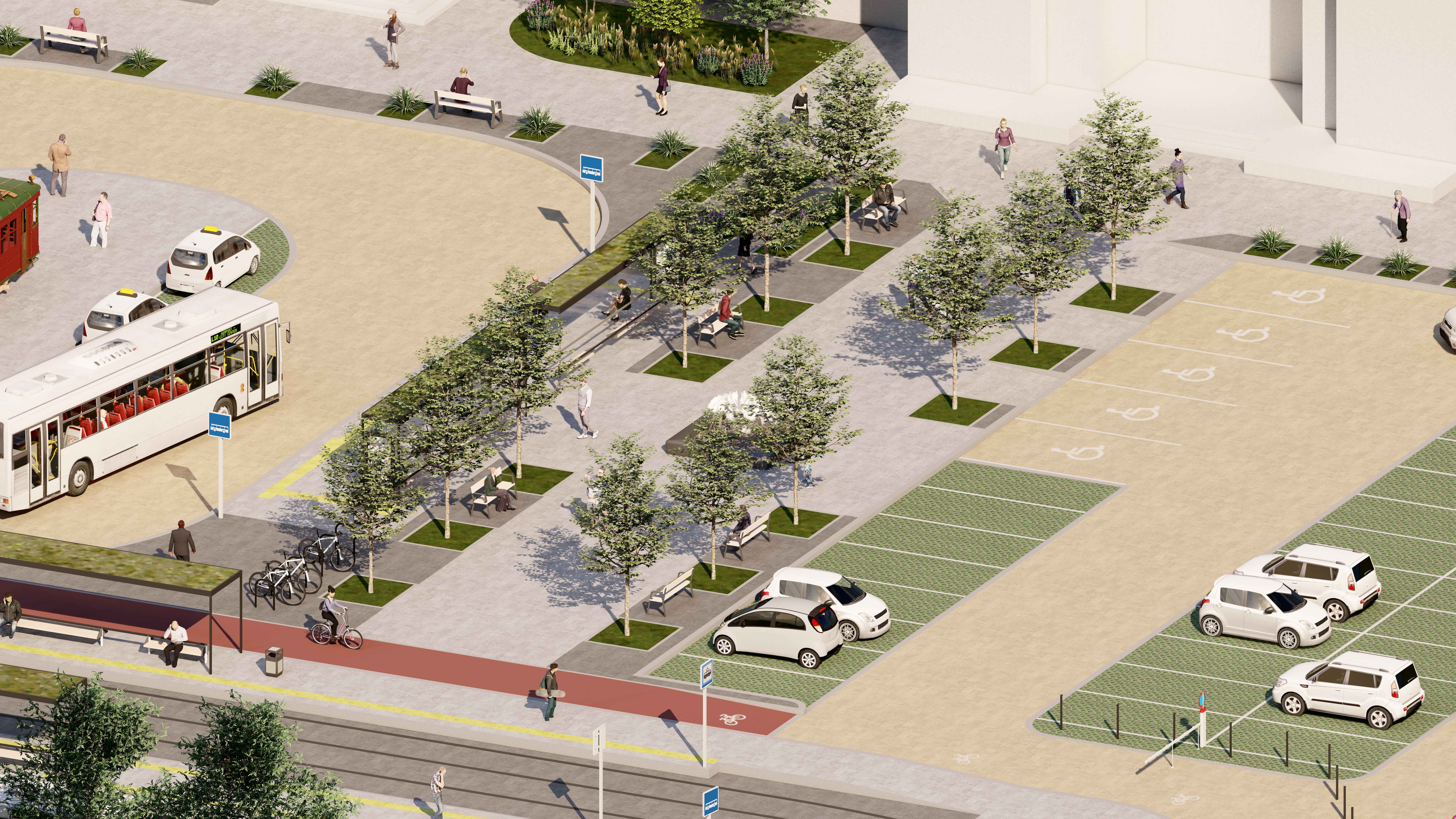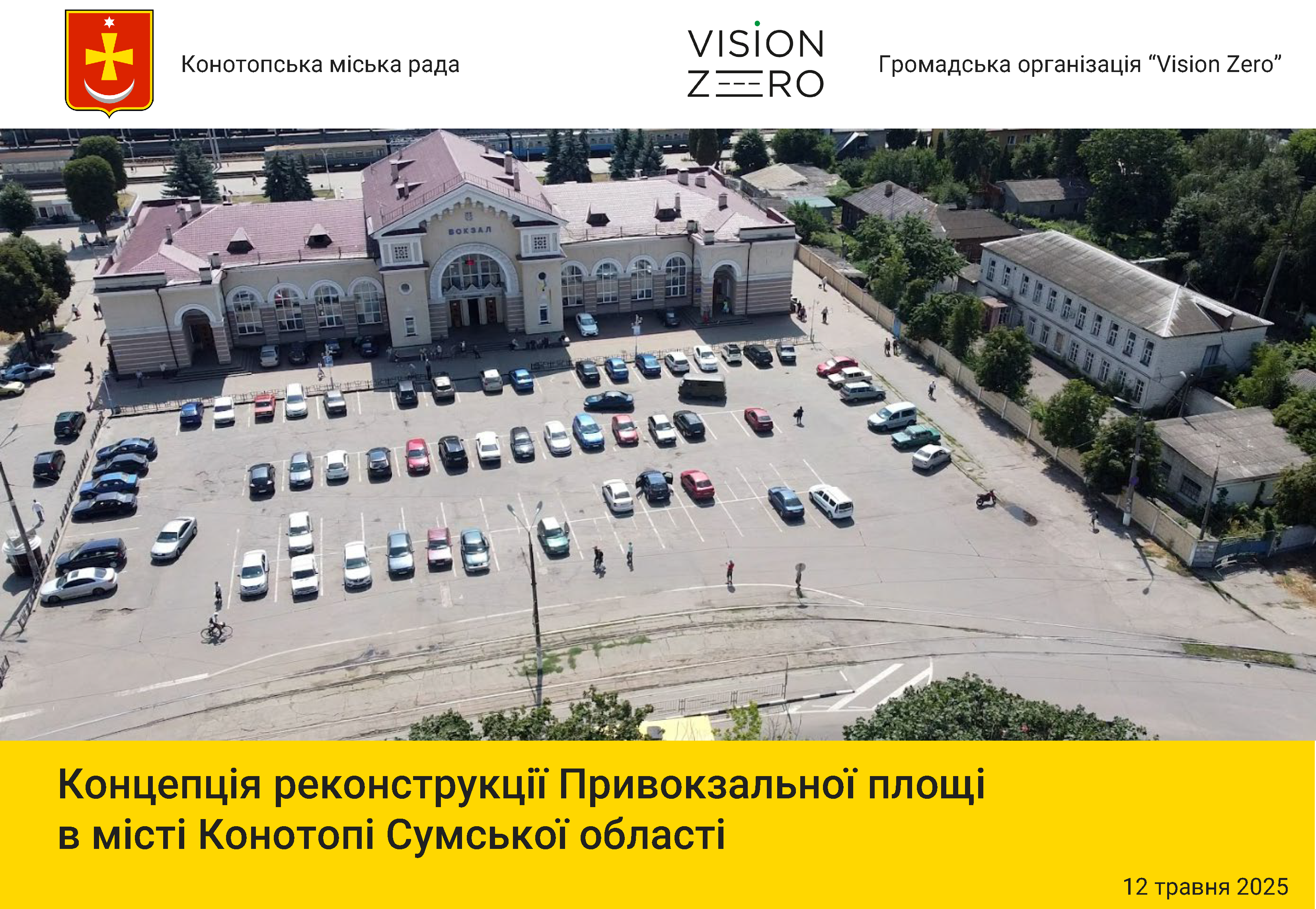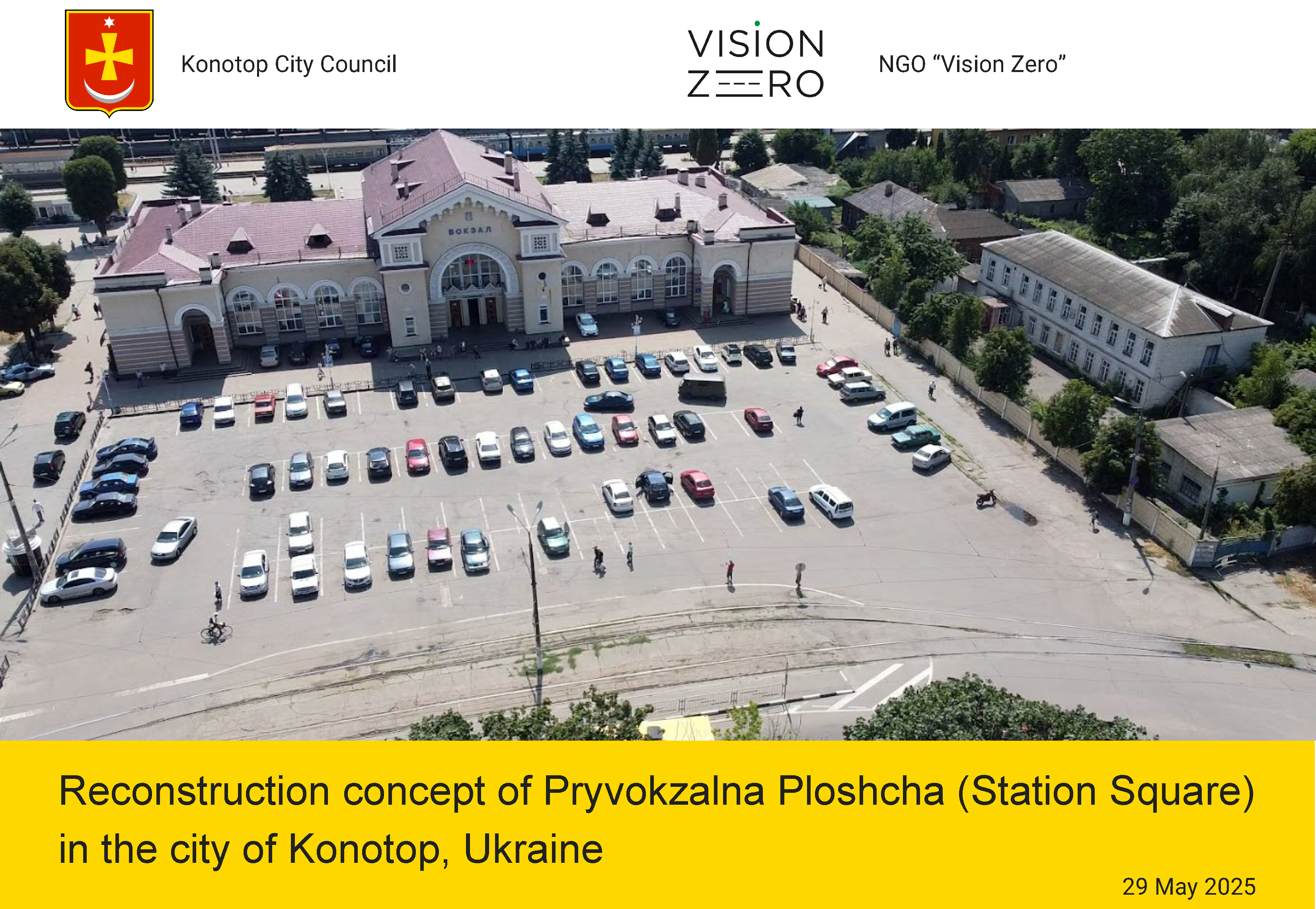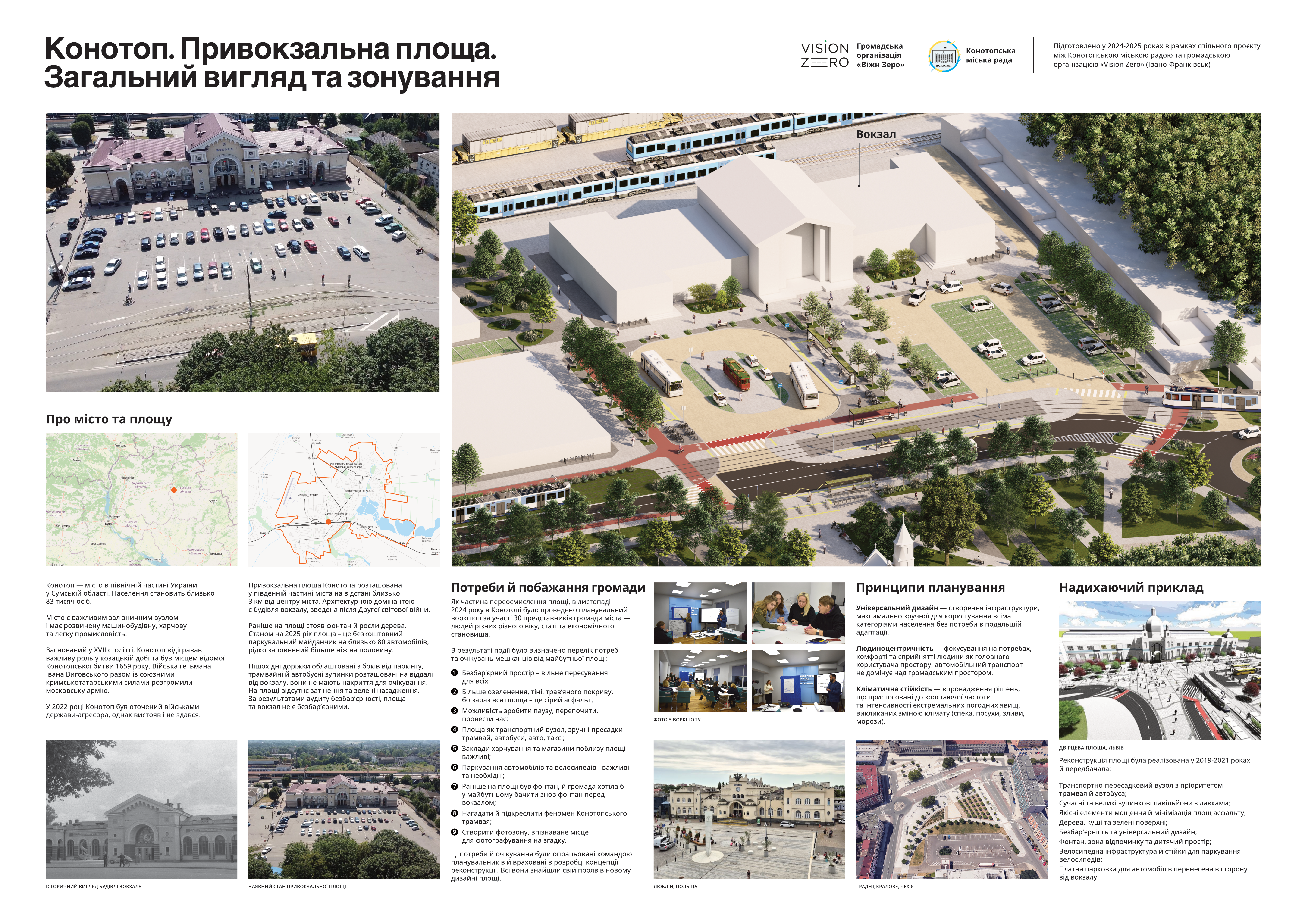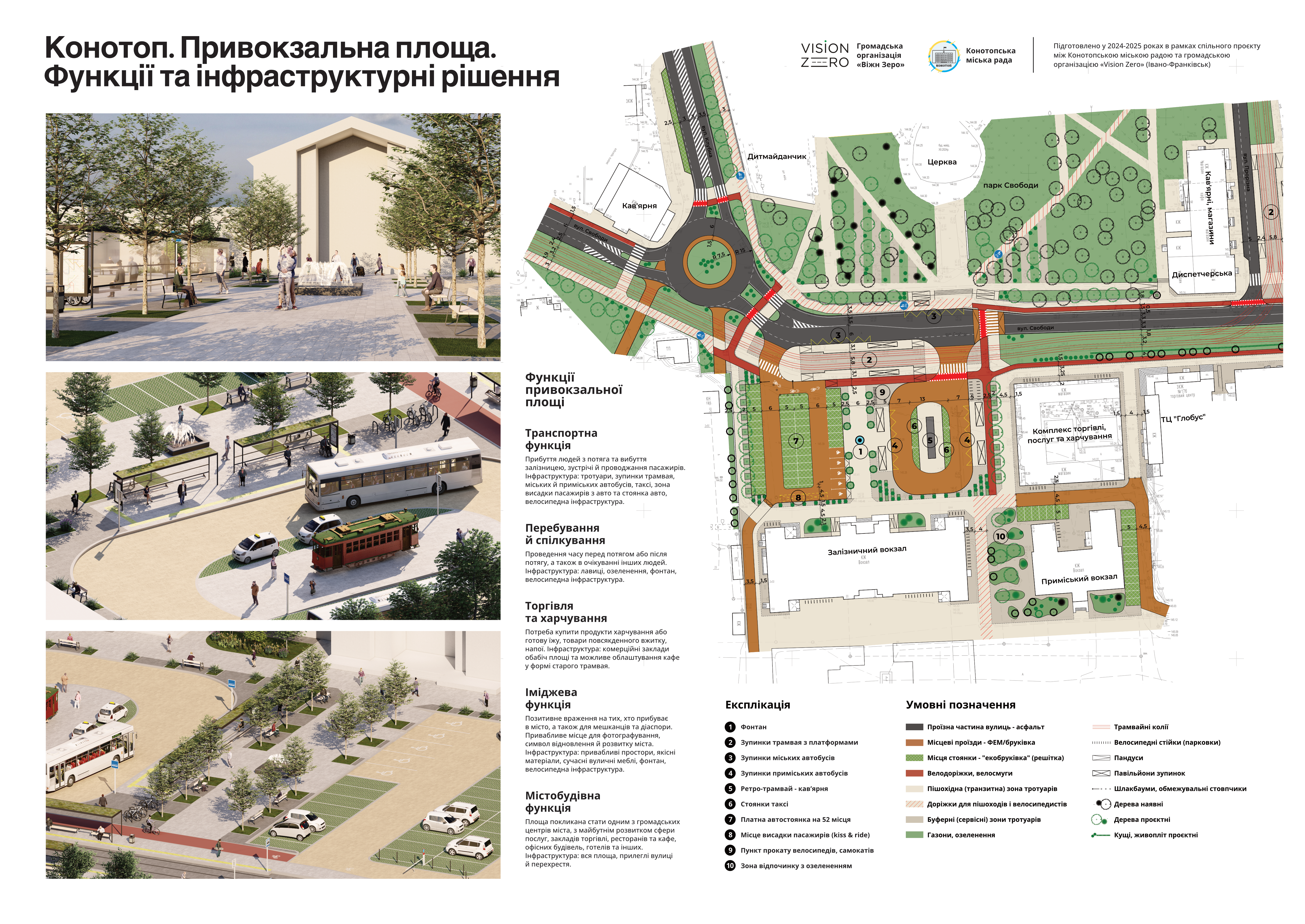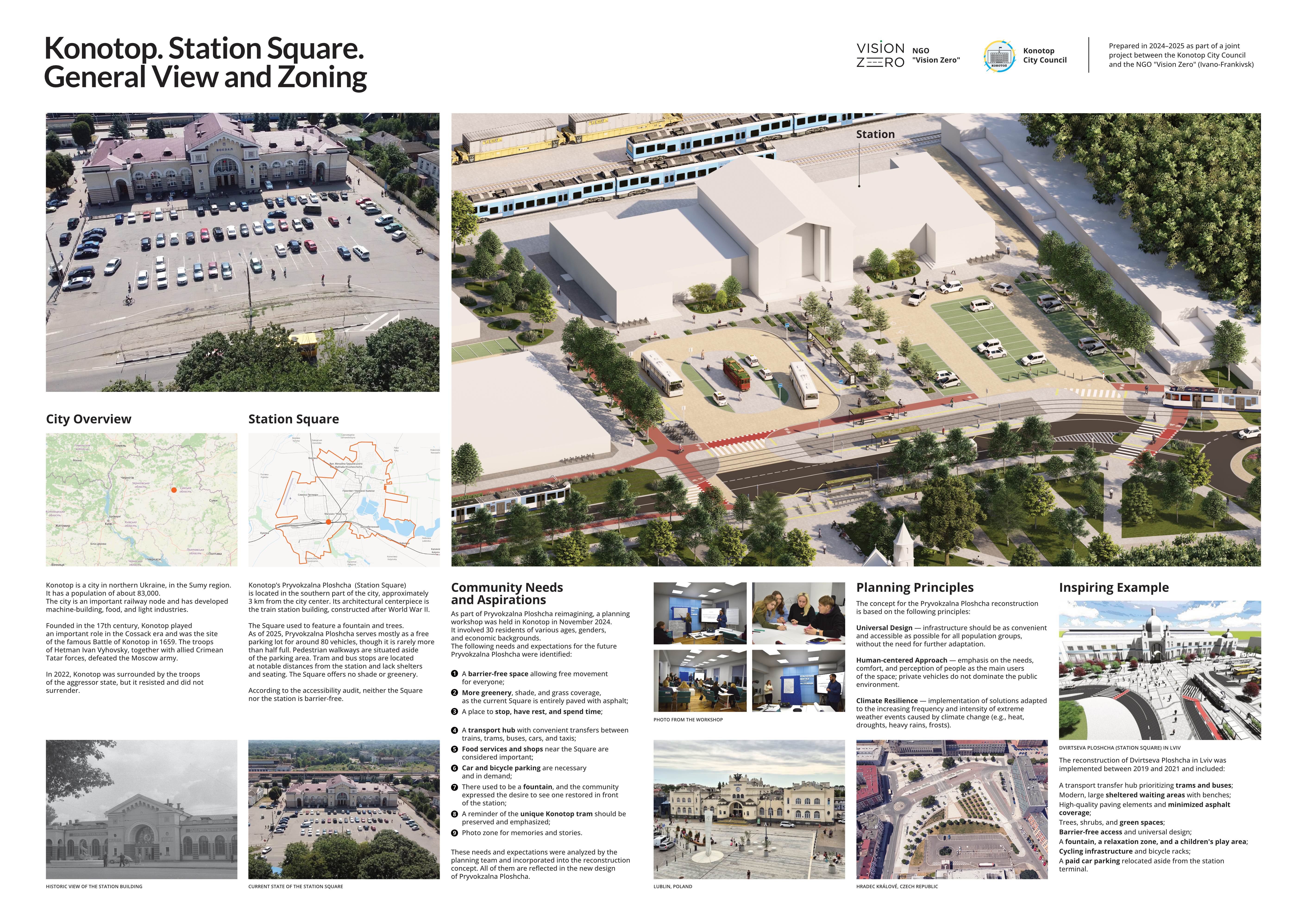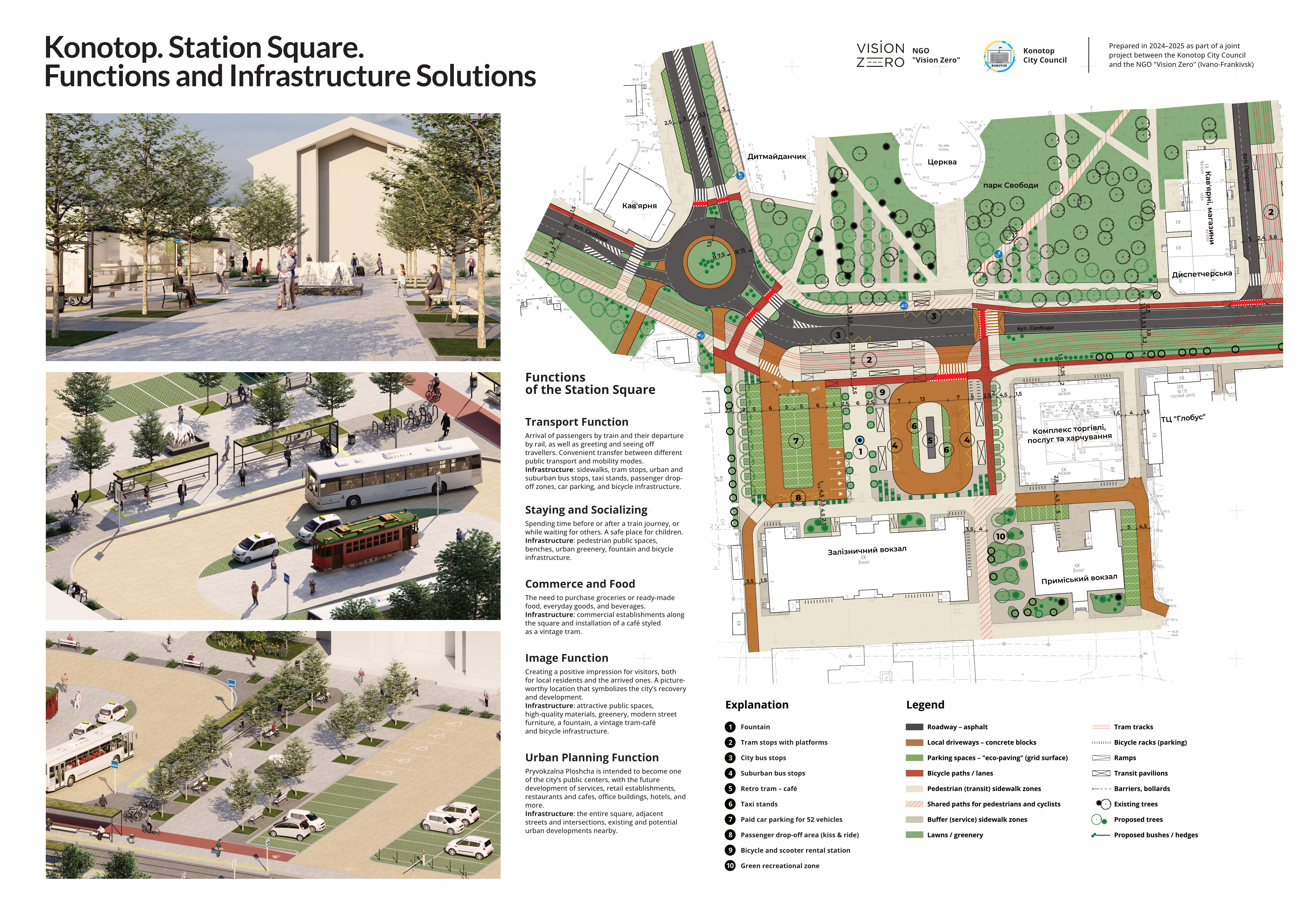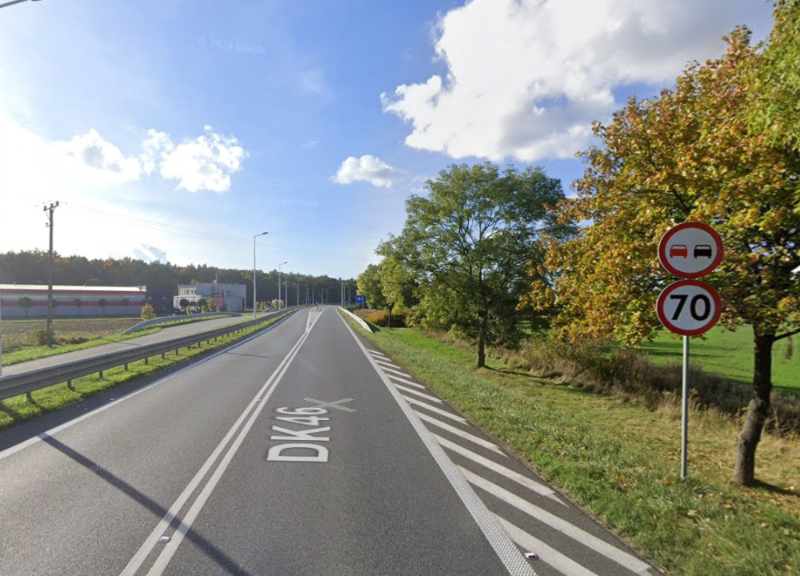
The Ukrainian parliament has recently registered two draft laws that were proposed and widely supported by the public sector as one of the means of reducing the catastrophically high level of mortality and injuries on Ukraine’s roads. These projects are designed to bring sanctions for traffic violations to the minimum necessary level of adequacy [1]. The presence and perceptibility of sanctions is one of the elements of an effective traffic safety management system. But not the only one.
This opinion text has been initially published in the Ukrainian language on the website of NGO CEDEM on 26.06.2025.
As expected, the news about these draft laws caused not only positive but also negative reactions on social networks. Some comments and questions from the audience are quite reasonable. For example, the idea that speed limits established “in kind” in Ukraine often raise questions. Sometimes the signs are not where there are real risks: there are still a few kilometers to the village, and drivers can already see its name on a white background (limit 50). Or the speed limits have no logical reason: on a flat and straight section of the road, suddenly there are signs “60” or even “40”. Why? Why? “To stand in the bushes and collect money?”, - write commentators . Every driver can recall dozens of such strange locations.
The placement of signs and markings on roads can be perceived as an applied part of the Road Traffic Rules (SDR). The general part of the SDR (the book) says: follow the requirements listed here, as well as the requirements of signs and markings. The Code of Administrative Offenses says: for non-compliance, there will be such sanctions. In Ukraine, everything is relatively good with the general part of the SDR, it is gradually getting better with the sanctions in the Code of Administrative Offenses, but with the applied part, everything is still bad. And so far there is no movement towards improvement.
The theory states that rules must be perceived by people as rational and justified, only then can one hope to comply with them [2]. If a rule is absurd, it is massively disregarded or completely ignored. Then the real norm of behavior contradicts the formal norm of law. Ukrainian roads are a vivid empirical proof of this theory. The placement of signs and markings is often so questionable that many drivers – if not the majority – have developed the habit of simply not noticing them for years. They rely on their experience, knowledge of the road, and assessment of distances and speeds. And everything works out well, people drive like this for decades. Until a disaster occurs. Some tend to blame the police. However, police work when the rules are unreasonable cannot bring long-term results. This myriad of prohibitions only exhausts the resources of law enforcement officers and sets people up negatively.
Now that fines will be imposed for exceeding the established speed limit by 10 km/h, it is still worth raising this question: why are road signs in Ukraine placed exactly like this? There is no specific answer. This is how it happened historically. Somewhere – since the 1960s, somewhere – since the 1990s, somewhere – since the 2000s.
We in the Campaign for Safe Roads team also drive on Ukrainian roads. And we also see this historical inadequacy. Previously, we tried to change this situation to a more reasonable one, but then we failed to put pressure on it. Perhaps now is the time to return to this idea and, in addition to rational sanctions for traffic violations, finally put things in order with the placement of speed limits. They should be reasonable, that is, correspond to the risk factors present on a specific section.
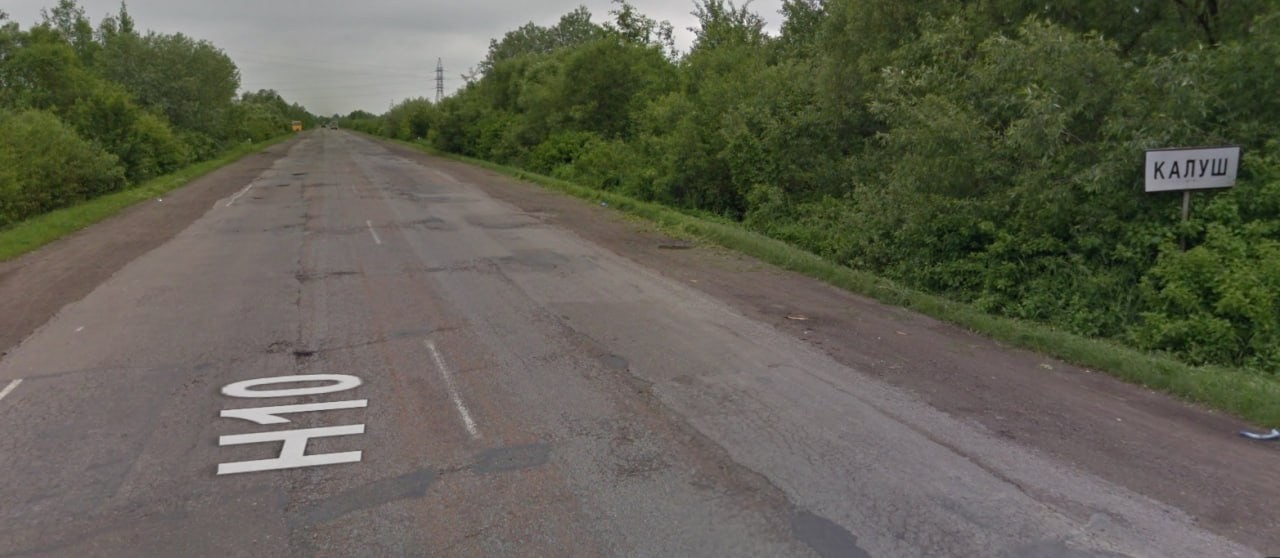
In 2018, CEDEM, together with the Reform Support Team at the Ministry of Infrastructure, developed two short but meaningful methodologies for setting restrictions in populated areas. These methodologies were discussed and were generally supported by interested organizations: the ministry, Ukravtodor, and the Patrol Police. Civil society organizations and international experts also expressed their support. The methodologies are still published on the website of the Ministry of Infrastructure (now the Ministry of Development). It is time to raise these developments and start turning them into reality, and, of course, to develop similar approaches for setting signs outside populated areas.
When road restrictions are set reasonably and justifiably, then we can rightly ask drivers to comply with them – and expect 80-90% to do so. As for the rest, even tougher sanctions than in the current draft laws will be needed.
The inventory and Europeanization of signs and markings will solve two other related problems:
1. Roads overloaded with road signs. According to the author, approximately 70-80% of signs can be removed from our roads without any negative consequences for traffic safety. After all, cluttering the roads with signs and outdoor advertising is bad. In such a stream of information noise, even adequate and calm drivers may not notice an important road sign. And if there are fewer signs, then there will be more attention to them, and less money will be needed to install and replace them (budget money must be saved in wartime).
2. Variety of approaches to the use of markings and signs in different regions . Driving along one long highway – for example, the E50 corridor from the Carpathians to the Dnieper – one can notice striking differences in local road traditions. For example, in Vinnytsia region everything is cheerful and light green – there is a strange tradition of using a “yellow-green border” simply on all possible signs, even bus stops. Although each individual sign corresponds to the agreed traffic organization scheme, which in turn corresponds to the DSTU, all this together does not constitute a manifestation of a systematic state approach to traffic safety. This is not Europe.
My proposal to the group of people's deputies, the leadership of the Patrol Police Department and the State Reconstruction: in parallel with the changes regarding sanctions , launch the process of modernization and Europeanization of markings and signs on the roads of Ukraine. This process does NOT require changes to the legislation and almost does not require money. All that is needed is goodwill, cooperation, and political leadership.
One way to start is to agree on a common methodology and implement it in practice on one or more international highways. For this, it is appropriate to use digital technologies to make the “inventory” faster and more efficient. Fortunately, Ukraine has had a model of all major state roads in digital form for quite some time. The inventory should include not only signs, but also markings. For example, in many places in Ukraine overtaking is prohibited (solid line) in places where it can and should be allowed. And there are also situations when the requirements of the signs contradict the requirements of the markings.
Dear Parliament Members, heads of the Ministry of Development, State Reconstruction Agency and the Patrol Police Department! I propose that we continue to move together towards systemic management of road safety. Let's change state policy in a comprehensive, balanced, and reasonable way. People will see and evaluate this positively. And also - very importantly - such work will save hundreds or even thousands of lives in the coming years.
====
About the author:
Viktor Zagreba – Analyst of the Campaign for Safe Roads (CEDEM), founder and chairman of the board of the NGO “Vision Zero”, graduate of the School of Public Policy of the University of Maryland (USA, 2013), advisor to the Minister of Infrastructure of Ukraine (2019-2021).
====
[1] This concerns draft law 12172 of 01.11.2024 (people's deputies Oleksandr Gorenyuk, Serhiy Ionushas, Maksym Pavlyuk, Serhiy Minko, Olena Vintonyak, Yevheniy Brahar, Oleksandr Gorobets, Oleh Kolyev) and draft law 13314 of 05.26.2025 (people's deputies Volodymyr Kreydenko, Oleksandr Gorenyuk, Serhiy Velmozhny, Vadym Halaichuk, Oleksandr Bakumov, Nelli Yakovleva, Oleksandr Sukhov, Dmytro Hurin, Nataliya Pipa, Yaroslav Yurchyshyn, Olena Vintonyak, Tamila Tasheva, Pavlo Frolov, Ihor Kisilov, Valeriy Zub, Lada Bulakh, Mykhailo Laba).
[2] Scientific justifications and examples of successful international practices can be found in the 2022 CEDEM analytical report: https://cedem.org.ua/analytics/stiagnennya-dorozhniy-rukh/

